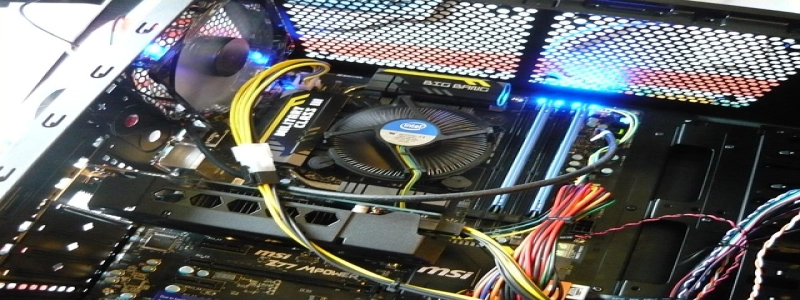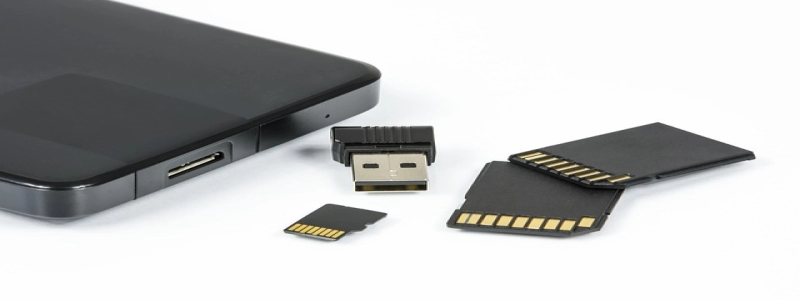Ethernet UART
1. Introdução
In today’s interconnected world, Ethernet has become the de facto standard for networking. It allows devices to communicate with each other over a local area network (LAN) or even over the internet. One common way to connect Ethernet-enabled devices, such as microcontrollers, to a network is through the use of UART (Universal Asynchronous Receiver/Transmitter) interfaces. In this article, we will explore the concept of an Ethernet UART and discuss its functionality and benefits.
2. What is UART?
UART is a type of serial communication protocol that allows the transfer of data between two devices. It is commonly used for asynchronous communication, where data is transmitted without the need for a synchronized clock signal. UART interfaces typically consist of a transmitter and a receiver, which can be housed in separate modules or combined into a single chip.
3. Understanding Ethernet UART
Ethernet UART is a term used to describe a UART interface that is integrated with Ethernet functionality. It allows for the transmission of data over an Ethernet network using the UART protocol. This means that devices with UART interfaces can communicate with other devices on the network, even if they do not have native Ethernet capabilities.
4. How does Ethernet UART work?
Ethernet UART works by encapsulating UART data packets into Ethernet frames. These frames consist of a destination MAC address, a source MAC address, an Ethernet type, and the UART payload. The frames are then transmitted over the Ethernet network using the Ethernet protocol. At the receiving end, the Ethernet frames are stripped off, and the UART data packets are extracted and processed accordingly.
5. Benefits of Ethernet UART
a. Compatibility: Ethernet UART provides a seamless way to connect UART-enabled devices to an Ethernet network. It eliminates the need for additional hardware or software modifications, making it easy to integrate with existing systems.
b. Extensibility: Since Ethernet is a widely used networking standard, Ethernet UART allows for the expansion of a system beyond the limitations of a standard UART interface. It enables the integration of sensors, actuators, and other devices into a larger network infrastructure.
c. Remote Access: Ethernet UART enables remote access to UART-enabled devices over an Ethernet network. This allows for remote monitoring, control, and debugging of connected devices, even if they are located in geographically separate locations.
d. High Speed: Ethernet UART can achieve higher data transfer rates compared to traditional UART interfaces. This is advantageous for applications that require the transmission of large amounts of data or require real-time responsiveness.
6. Conclusão
Ethernet UART provides a convenient and efficient way to connect UART-enabled devices to an Ethernet network. It offers compatibility, extensibility, remote access, and high-speed capabilities, making it suitable for a wide range of applications. As the world becomes increasingly interconnected, Ethernet UART will continue to play a crucial role in facilitating communication and integration in the ever-expanding network of devices.








